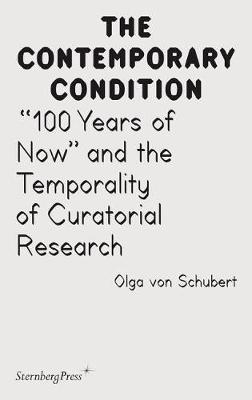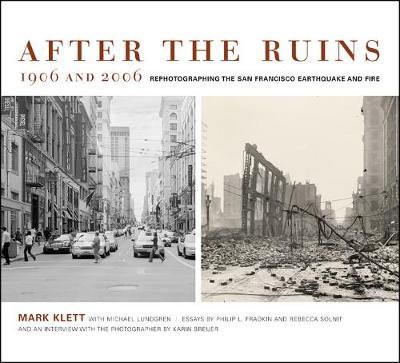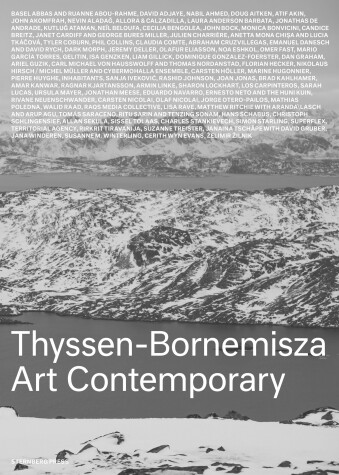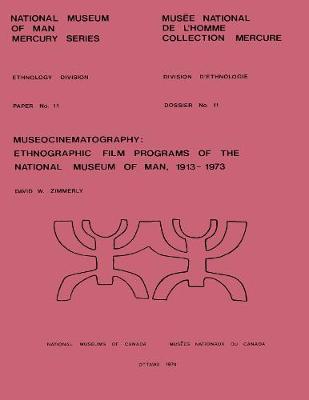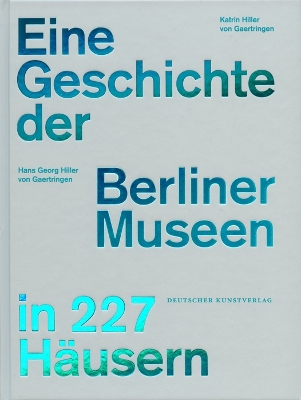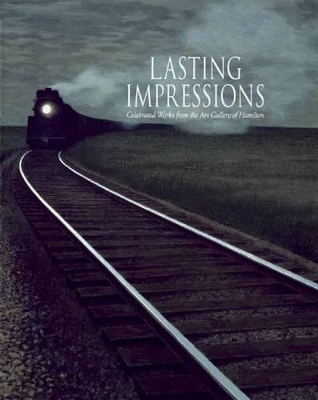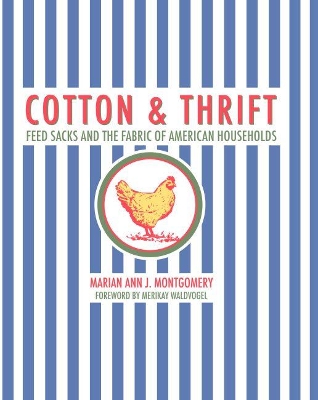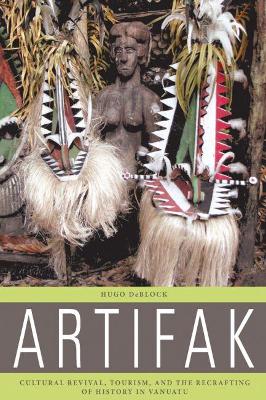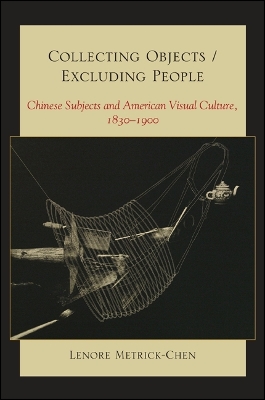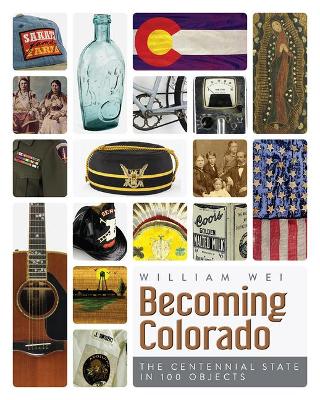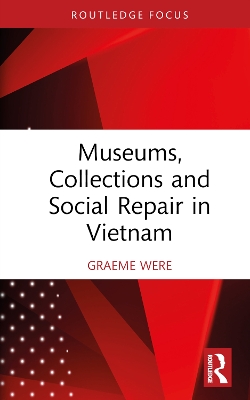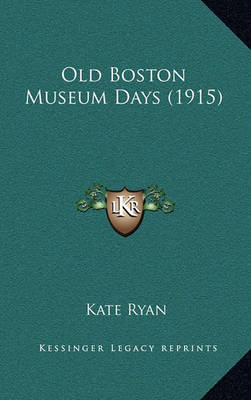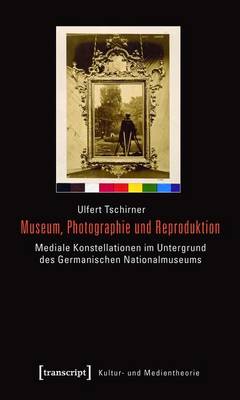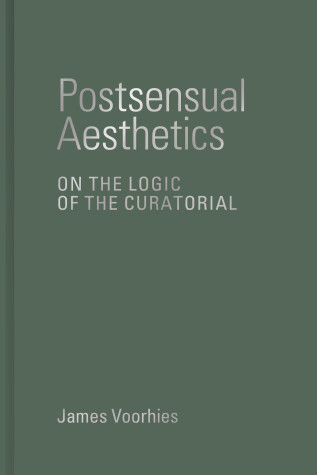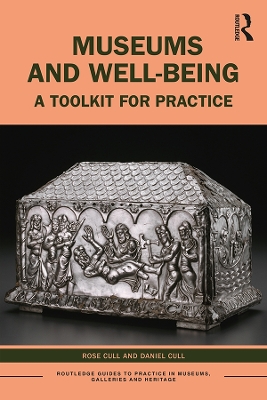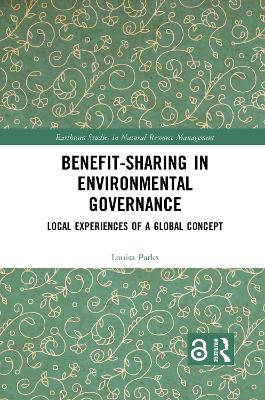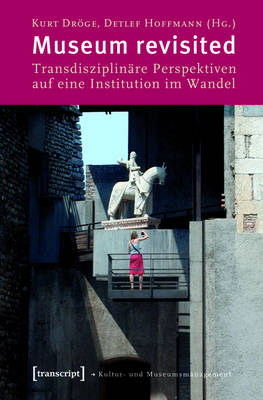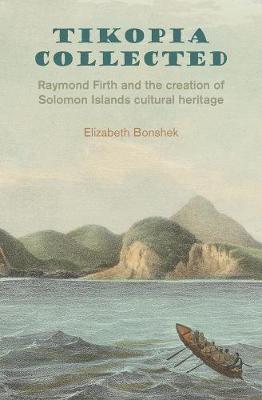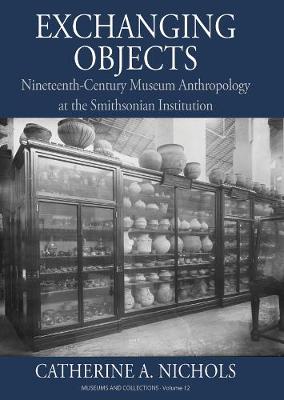"100 Years of Now" and the Temporality of Curatorial Research
by Olga Von Schubert
How exactly has San Francisco's urban landscape changed in the hundred years since the earthquake and cataclysmic firestorms that destroyed three-quarters of the city in 1906? For this provocative rephotography project, bringing past and present into dynamic juxtaposition, renowned photographer Mark Klett has gone to the same locations pictured in forty-five compelling historic photographs taken in the days following the 1906 earthquake and fires and precisely duplicated each photograph's vantag...
A massive anthology of texts, visual material, and research on TBA21's commissions and the foundation's vast collection of over 700 artworks. "What survives after the artwork?" asks curator and researcher Natasha Ginwala in one of the essays in Thyssen-Bornemisza Art Contemporary: The Commissions Book, a new and comprehensive publication by the art foundation Thyssen-Bornemisza Art Contemporary (TBA21), founded by Francesca Thyssen-Bornemisza in Vienna, Austria, in 2002. "The artwork is not jus...
Exhibiting Outside the Academy, Salon and Biennial, 1775-1999
In recent years, there has been increasing scholarly interest in the history of museums, academies and major exhibitions. There has been, however, little to no sustained interest in the histories of alternative exhibitions (single artwork, solo artist, artist-mounted, entrepreneurial, privately funded, ephemeral, etc.) with the notable exception of those publications that deal with situations involving major artists or those who would become so - for example J.L. David’s exhibition of Interventi...
Where, how, by whom and for what were the first museums of contemporary art created? These are the key questions addressed by J. Pedro Lorente in this new book. In it he explores the concept and history of museums of contemporary art, and the shifting ways in which they have been imagined and presented. Following an introduction that sets out the historiography and considering questions of terminology, the first part of the book then examines the paradigm of the Musee des Artistes Vivants in Pa...
Eine Geschichte der Berliner Museen in 227 Häusern
by Hans Georg Hiller von Gaertringen and Katrin Hiller von Gaertringen
Der erste Gesamtüberblick über die Museumsgeschichte Berlins versammelt alle 227 Häuser: vom Alten Museum bis zum Zeughaus, von archäologischen und kunsthistorischen Sammlungen bis zu Naturkunde- und Technikmuseen, von der höfischen Kunstkammer des 16. Jahrhunderts bis zum Computerspielemuseum. Die beiden Kunsthistoriker Hans Georg und Katrin Hiller von Gaertringen richten dabei ihr Augenmerk besonders auf die Entstehungsgeschichte, Sammlungspolitik und Architektur. Der chronologische Aufbau des...
Madrid and the Prado: Art and Architecture
by Barbara Borngasser, David Sanchez, and Felix Scheffler
The Prado is without doubt for Madrid what the Louvre is for Paris and the Uffizi for Florence. A guidebook through this museum with a knowledgeable commen-tary is therefore essential for really getting to know Madrid. However, this richly illustrated book not only portrays the city and its art in a dynamic relationship, it also relates a long and checkered history - from its be-ginnings and its charms as a residence, to the Civil War and modern times - expressed in countless churches, buildings...
Printed cotton sacks are currently fashionable aspects for material culture research, particularly in the costume and quilt history communities. In the second quarter of the twentieth century, these mass-produced sacks were relied upon by rural America as a valuable source of free fabric for clothing, quilts, and home décor. This book is the catalog for the Museum of Texas Tech University's "Cotton and Thrift" exhibition, which showcases the Pat L. Nickols Cotton Sack Research Collection. The...
In Vanuatu, commoditization and revitalization of culture and the arts do not necessarily work against each other; both revolve around value formation and the authentication of things. This book investigates the meaning and value of (art) objects as commodities in differing states of transit and transition: in the local place, on the market, in the museum. It provides an ethnographic account of commoditization in a context of revitalization of culture and the arts in Vanuatu, and the issues th...
Museums, Collections, and Social Repair in Vietnam (Routledge Research on Museums and Heritage in Asia)
by Graeme Were
Museums, Collections, and Social Repair in Vietnam analyses the relationship between museums, collections, and social repair in contemporary Vietnam. Drawing on fieldwork in a range of museums in the country, alongside interviews with museum workers and stakeholders, and analyses of museum exhibitions, the book explores how museums help ordinary people overcome loss suffered during conflict. Focusing on key objects in museum collections that elicit strong emotions or feelings, Graeme Were exam...
Museum, Photographie Und Reproduktion (Kultur- Und Medientheorie)
by Ulfert Tschirner
Contemporary art exhibitions appeal to cognition as well as the senses, modeling a new and expansive understanding of global aesthetics. In this original work of aesthetic theory, James Voorhies argues that we live in the shadow of old ways of thinking about art that emphasize the immediate visual experience of an autonomous art object. But theory must change as artistic and curatorial production has changed. It should encompass the full range of activities through which we encounter art and ex...
Climatic and Environmental Threats to Cultural Heritage
by Robyn Sloggett and Marcelle Scott
Climatic and Environmental Threats to Cultural Heritage examines the challenges that environmental change, both sudden and long-term, poses to the preservation of cultural material. This edited collection acknowledges the diversity of cultural heritage across collecting institutions, heritage sites and communities by highlighting how, in Australia, Southeast Asia and the Pacific, the quest to preserve such precious knowledge relies on records and narratives being available to inform decisions...
Museums and Well-being outlines the historical development of well-being within museums and offers a critical engagement with this field from a museum studies perspective. The essential thesis of the book is that well-being is a collective action. The book utilises the Five Ways to Well-being as a model: Connect, Be Active, Keep Learning, Give, Take Notice. Each of these Ways are explored through a specific museum object illustrating the important role collections can play in museum well-being...
Benefit-sharing in Environmental Governance (Earthscan Studies in Natural Resource Management)
by Louisa Parks
Taking a bottom-up perspective, this book explores local framings of a wide range of issues related to benefit-sharing, a growing concept in global environmental governance. Benefit-sharing in Environmental Governance draws on original case studies from South Africa, Namibia, Greece, Argentina, and Malaysia to shed light on what benefit-sharing looks like from the local viewpoint. These local-level case studies move away from the idea of benefit-sharing as defined by a single international orga...
Jeffries Wyman (1814-74), a pioneer anthropologist of nineteenth-century America and one of its great comparative anatomists, was the Hersey Professor of Anatomy at Harvard University and, later, a trustee of the Peabody Museum and professor of American Archaeology and Ethnology. Wyman wrote the 59 letters in this volume to his only son Jeffie. Dating from 1866, when Jeffie was two, until Wyman's death in 1874, when Jeffie was ten, the letters reveal a great scientist trying to instill in his...
Tikopia Collected: Raymond Firth and the Creation of Solomon Islands Cultural Heritage
by Elizabeth Bonshek
During 1928-9 the renowned anthropologist Raymond Firth visited Tikopia, a small island in the east of Solomon Islands, for the first time. This book takes the collection he made as its subject, and explores how through its acquisition, Firth ceased to be a stranger and became a respected figure incorporated into Tikopia society. The objects were originally viewed by Firth as data in a scientific record of a culture, and evidence challenging the belief that complex economic transactions could on...
As an historical account of the exchange of "duplicate specimens" between anthropologists at the Smithsonian Institution and museums, collectors, and schools around the world in the late nineteenth century, this book reveals connections between both well-known museums and little-known local institutions, created through the exchange of museum objects. It explores how anthropologists categorized some objects in their collections as "duplicate specimens," making them potential candidates for exc...
